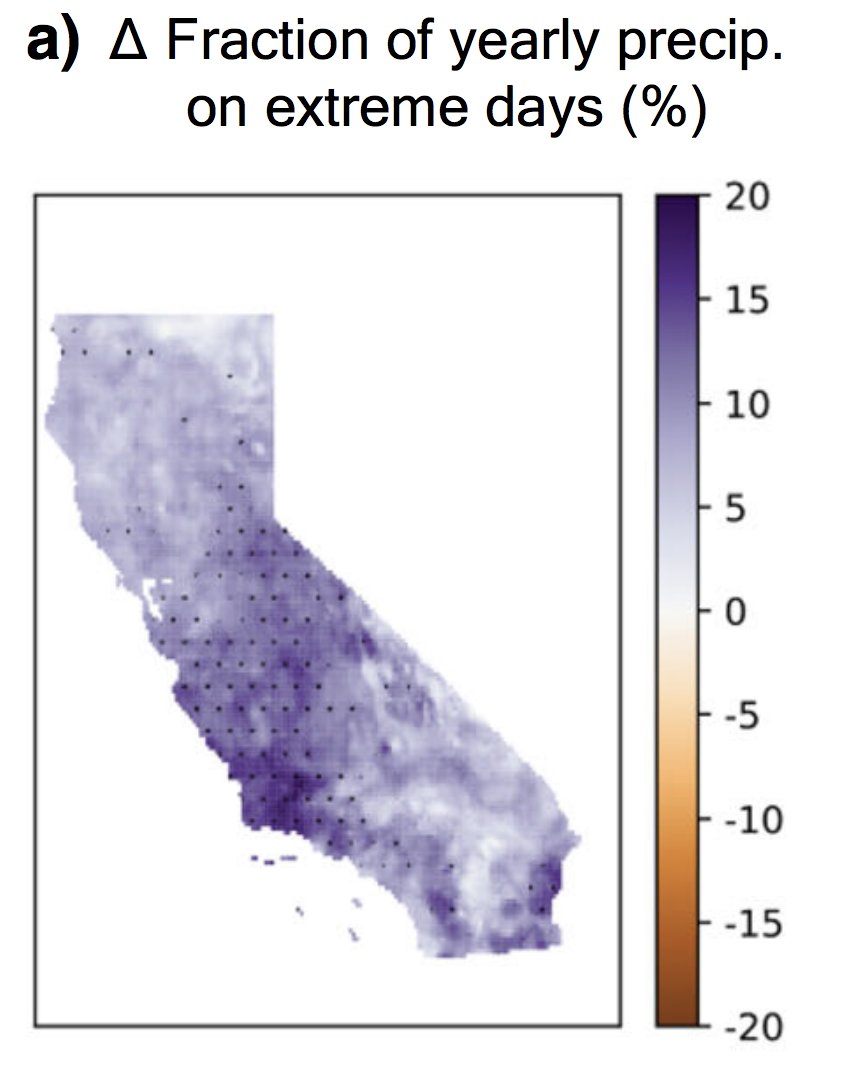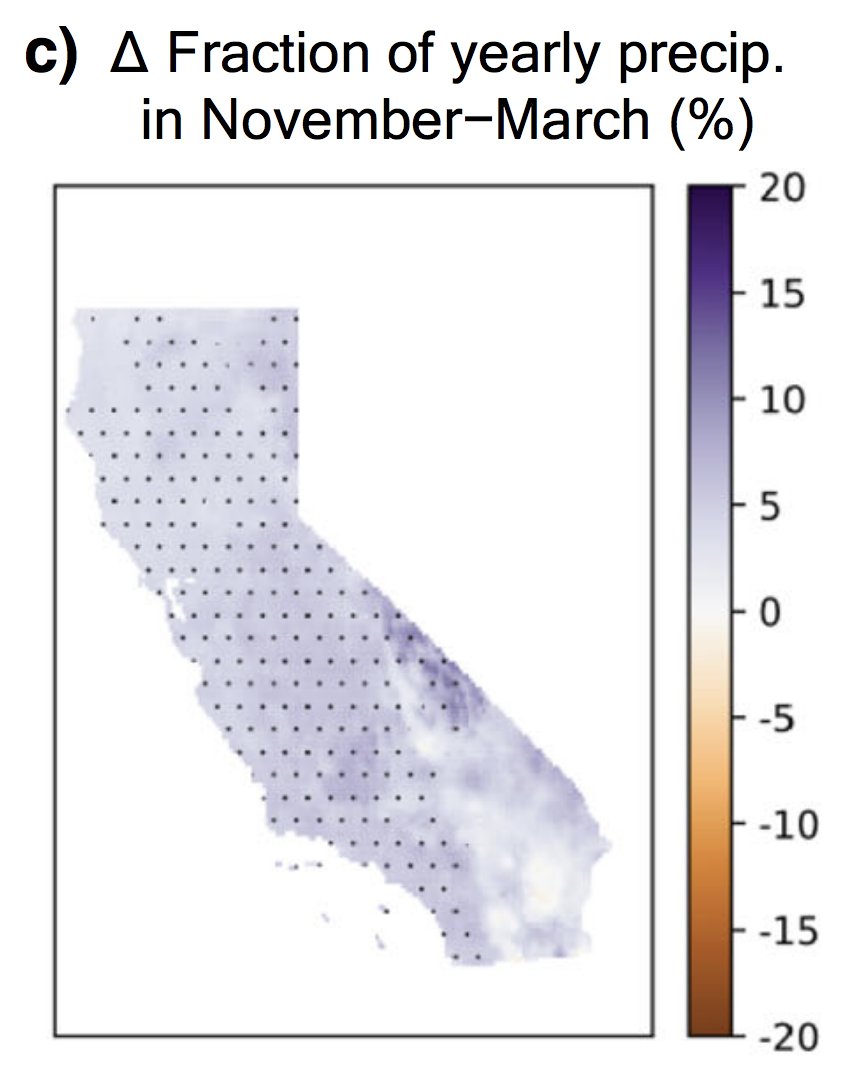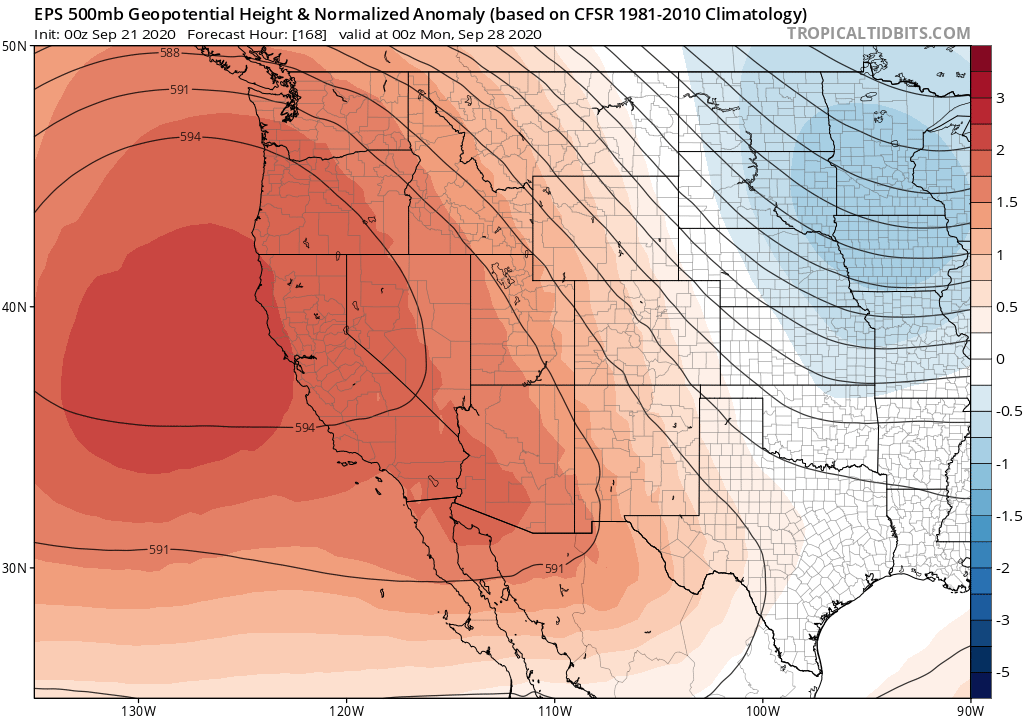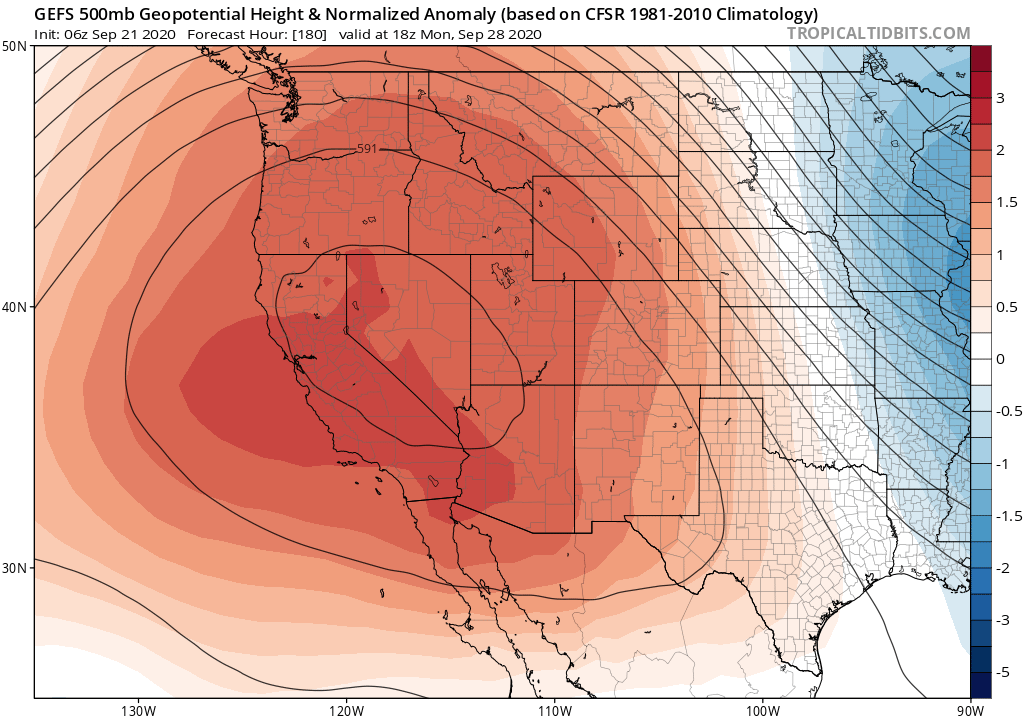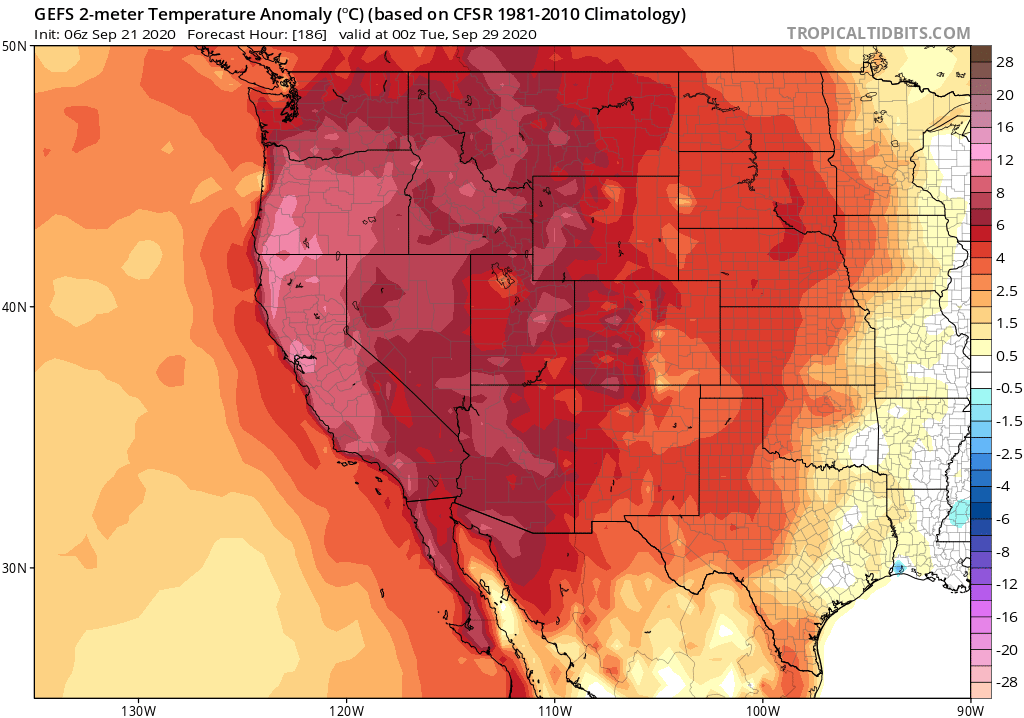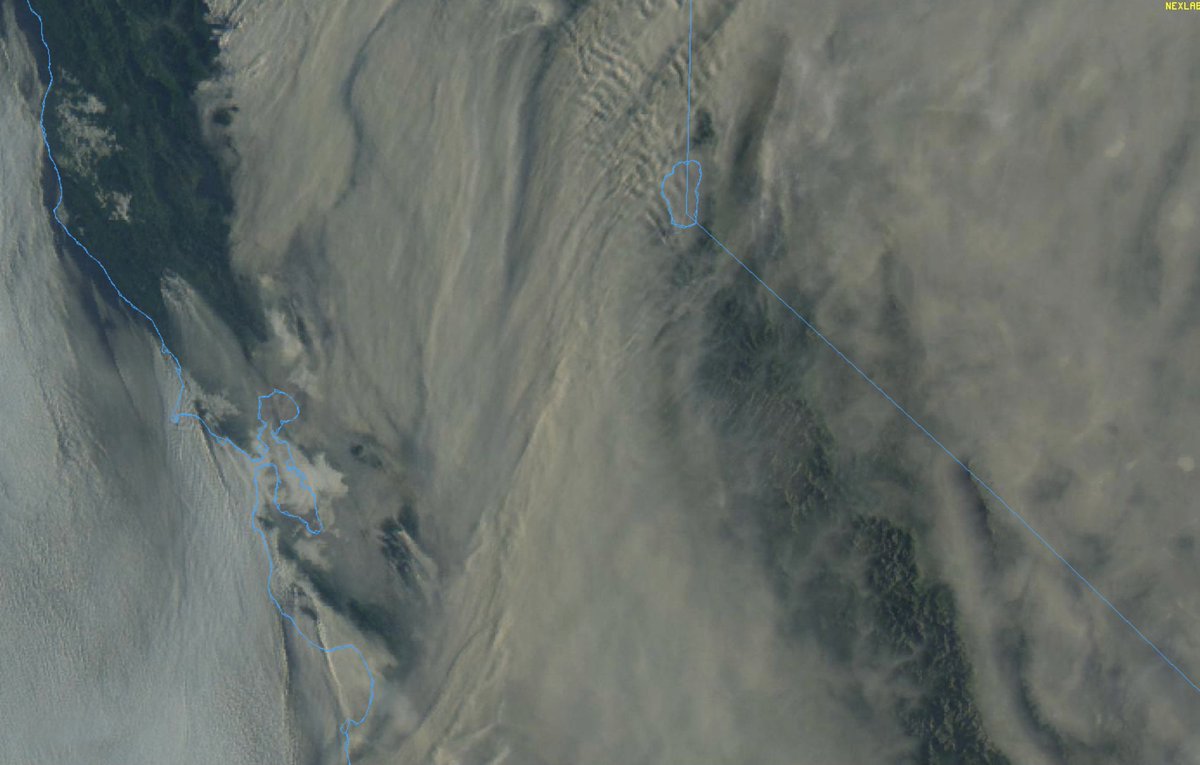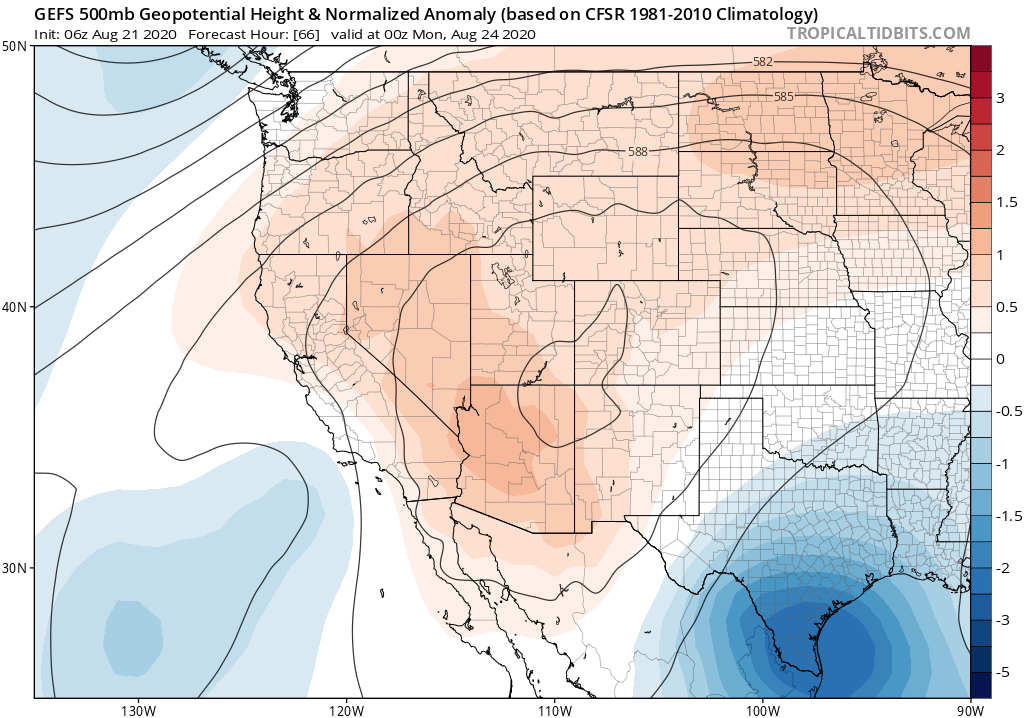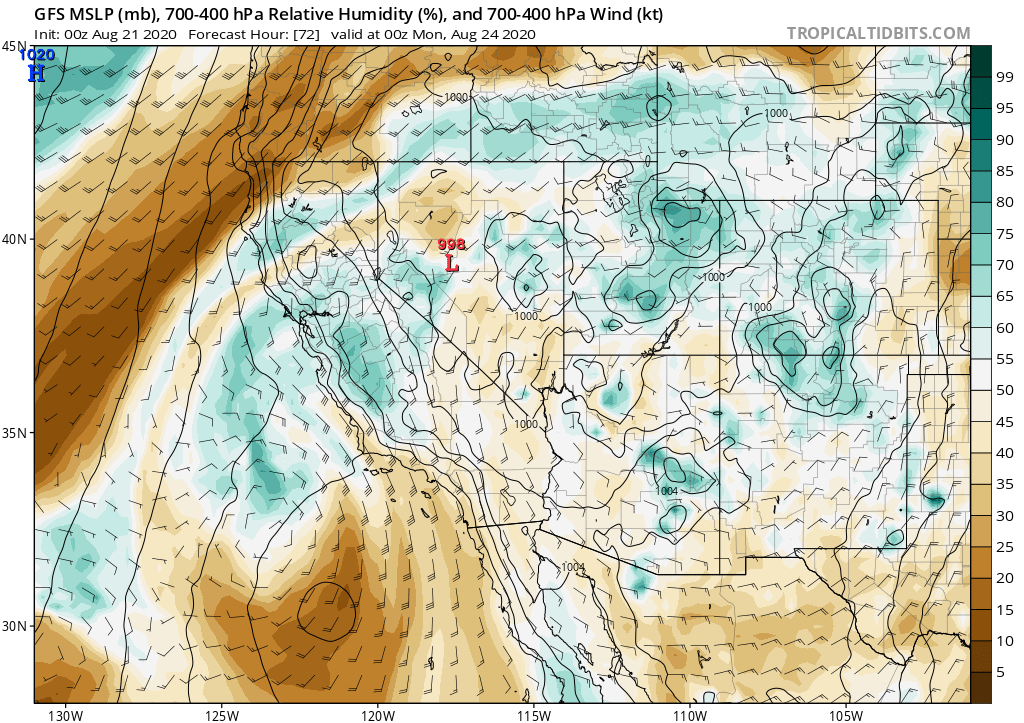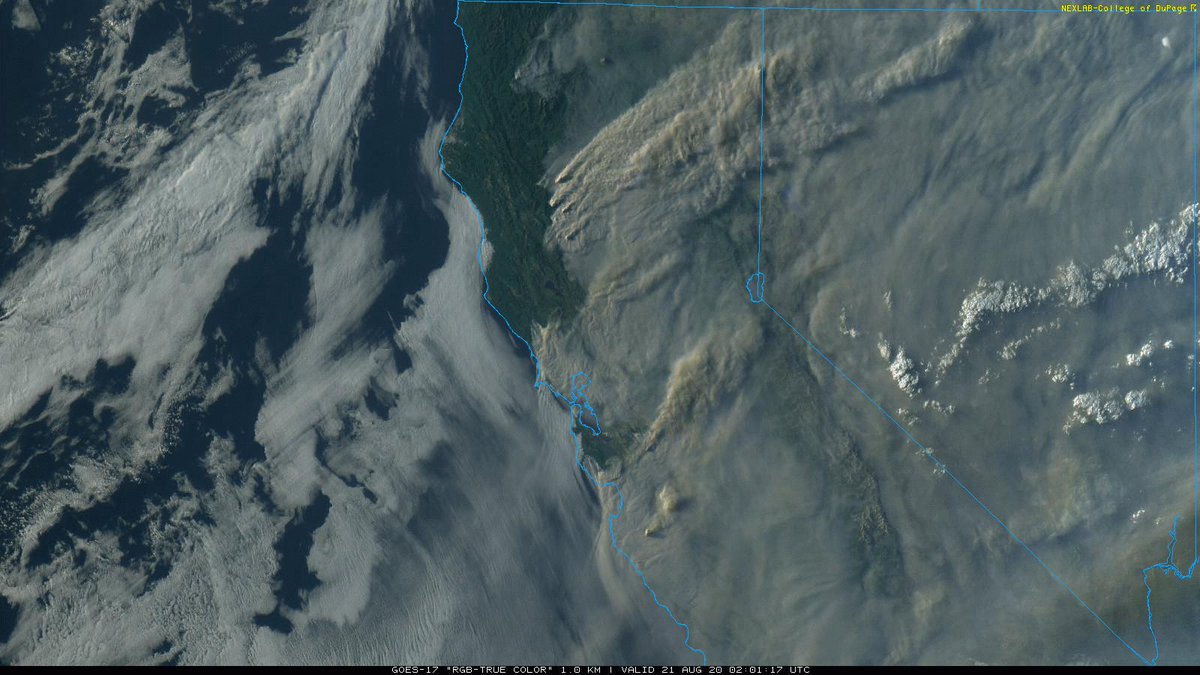
This is the fire weather forecast I was hoping wouldn't come to pass, given all that has already transpired in 2020: Very strong offshore winds, coupled w/exceptionally low humidity & record-dry vegetation, will bring extremely critical wildfire risk Sun/Mon. 1/3 #CAwx #CAfire 

This will likely be strongest & most widespread offshore wind event of season, & is reminiscent of extreme events in 2019 & 2017. Hardest-hit areas appear to be west slopes of Sierra Nevada (gusts of 70+mph) & SF Bay Area (widespread gusts 40-50mph; higher in hills). #CAwx 

Exceptionally low atmospheric humidity (relative humidity of 5% or less and dewpoints below zero F) will accompany these strong winds. This will be a *cold* offshore wind event, and temperatures will drop precipitously (especially in mountains). #CAwx 



These truly extreme upcoming fire weather conditions, combined with record-dry vegetation for time of year, portend a dangerous period ahead. I would anticipate fairly widespread Public Safety Power Shutoffs by electrical utilities on Sun/Mon to prevent ignitions. #CAwx #CAfire
• • •
Missing some Tweet in this thread? You can try to
force a refresh

